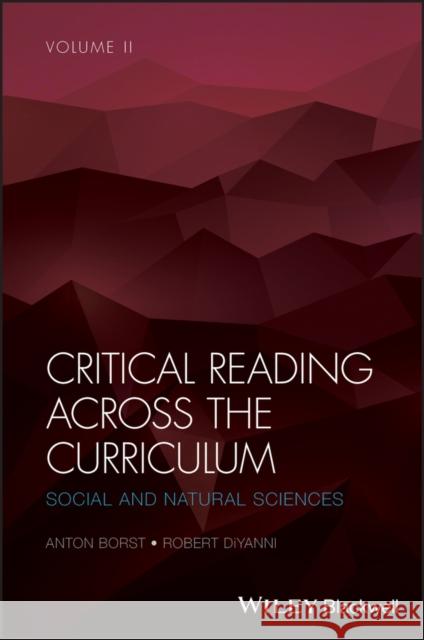Critical Reading Across the Curriculum, Volume 2: Social and Natural Sciences » książka
topmenu
Critical Reading Across the Curriculum, Volume 2: Social and Natural Sciences
ISBN-13: 9781119155263 / Angielski / Miękka / 2020 / 259 str.
Critical Reading Across the Curriculum, Volume 2: Social and Natural Sciences
ISBN-13: 9781119155263 / Angielski / Miękka / 2020 / 259 str.
cena 148,34
(netto: 141,28 VAT: 5%)
Najniższa cena z 30 dni: 147,13
(netto: 141,28 VAT: 5%)
Najniższa cena z 30 dni: 147,13
Termin realizacji zamówienia:
ok. 30 dni roboczych.
ok. 30 dni roboczych.
Darmowa dostawa!
Kategorie:
Kategorie BISAC:
Wydawca:
Wiley-Blackwell
Język:
Angielski
ISBN-13:
9781119155263
Rok wydania:
2020
Ilość stron:
259
Waga:
0.38 kg
Wymiary:
22.61 x 14.99 x 2.03
Oprawa:
Miękka
Wolumenów:
01











